If you've ever been halfway through a canning recipe or whipping up a tangy vinaigrette and realized you're out of citric acid, don't panic. You're not alone — and you certainly don't have to run to the store. In this article, we'll take you on a flavorful journey through the best substitutes for citric acid, with critical safety guidelines for food preservation and practical kitchen solutions. All recommendations align with USDA and National Center for Home Food Preservation standards.
Table of Contents
- What Is Citric Acid?
- Why Substitute Citric Acid?
- Top 7 Substitutes for Citric Acid
- How to Use These Substitutes Safely in Cooking & Canning
- Buying Guide: Choosing the Right Alternative
- Storage Tips for Freshness & Flavor
- Frequently Asked Questions
- Final Thoughts
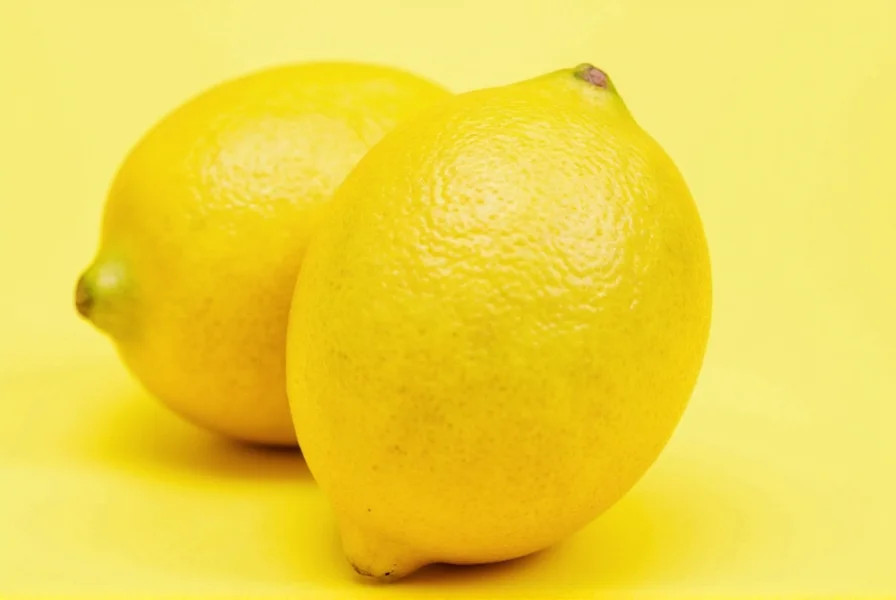
What Is Citric Acid?
Citric acid is a naturally occurring organic acid found in citrus fruits like lemons, limes, oranges, and grapefruits. It's widely used in cooking, preserving, baking, and even cleaning due to its strong sour flavor and acidic properties.
In food preservation, especially canning, citric acid plays a crucial role by lowering pH levels to prevent bacterial growth. In culinary applications, it boosts acidity, enhances flavors, and acts as a preservative in sauces, dressings, and desserts.
Why Substitute Citric Acid?
While citric acid is incredibly useful, there are several reasons you might want to swap it out:
- You're out of it and need a quick alternative
- You prefer natural ingredients over powdered additives
- You're avoiding commercial products or preservatives
- Your recipe calls for something more complex than pure acidity
Luckily, nature and the kitchen cupboard offer plenty of options that can mimic or even enhance the role of citric acid — depending on what you're making. Important: For food safety in canning, always follow USDA guidelines when substituting acids.
Top 7 Substitutes for Citric Acid
Here's a curated list of the top 7 substitutes for citric acid, each with their own strengths, ideal uses, and safety considerations for food preservation.
| Substitute | Acidity Level | Better For | Best Used In |
|---|---|---|---|
| Lemon Juice (bottled) | Moderate | Canning safety, flavor enhancement | Tomatoes, jams, fruit-based recipes |
| Vinegar (White or Apple Cider) | High | Pickling, non-tomato canning | Pickles, chutneys, relishes |
| Tartaric Acid | Very High | Baking & wine-related dishes | Custards, frostings, wine reductions |
| Ascorbic Acid (Vitamin C) | Moderate | Color preservation | Dried fruits, canned vegetables |
| Lactic Acid | Mild to Medium | Fermented foods | Kombucha, yogurt, kimchi |
| Malic Acid | Moderate | Sweet-tart balance | Candies, fruit preserves, soft drinks |
| Yogurt or Sour Cream | Low to Moderate | Texture + tanginess | Dressings, dips, baked goods |
Lemon Juice
Perhaps the most popular substitute, lemon juice brings both acidity and a bright, fresh flavor. For canning safety, only use bottled lemon juice (not fresh-squeezed) as its acidity is standardized to pH 2.0-2.5. While not as concentrated as pure citric acid, it's perfect when you want a touch of zest without overpowering other ingredients.
USDA Recommended Ratio: Use 1 tablespoon bottled lemon juice per pint or 2 tablespoons per quart to replace 1/4 tsp or 1/2 tsp citric acid respectively.
Vinegar (White or Apple Cider)
Vinegar is a powerhouse substitute, especially in pickling where high acidity is key. White vinegar has a clean taste, while apple cider vinegar adds a slight fruity note. Never use vinegar for canning tomatoes — it alters flavor and doesn't meet USDA safety standards for tomato preservation.
Pro Tip: For pickling recipes, substitute 2 tablespoons vinegar per pint (4 tablespoons per quart) to replace 1 tablespoon bottled lemon juice or 1/4 tsp citric acid. Always use 5% acidity vinegar.
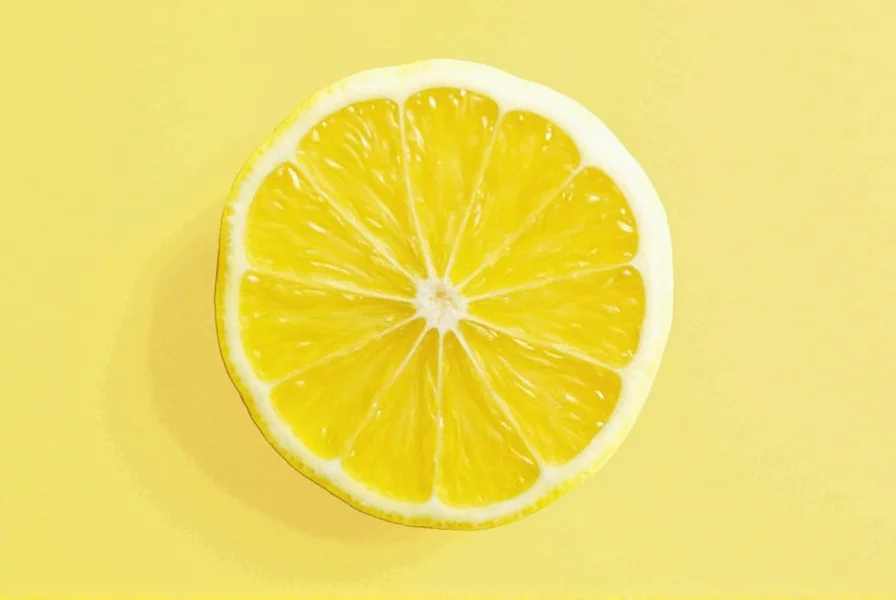
Tartaric Acid
This one isn't as common in everyday kitchens but is often used in winemaking and confectionery. Tartaric acid offers intense tartness and works well in custards and frostings.
Use With Care: Tartaric acid is 1.5x stronger than citric acid. Start with 2/3 the amount called for in recipes.
Ascorbic Acid (Vitamin C)
Primarily known for its antioxidant properties, ascorbic acid also serves as a mild acidulant. While not quite as sour, it helps preserve color and texture in fruits and vegetables.
When to Use: Ideal for drying or freezing fruits to prevent browning. Use 1:1 ratio with citric acid for color preservation.
Lactic Acid
Naturally present in fermented dairy products, lactic acid brings a mellow tang. It's less sharp than citric acid but excellent for adding depth to fermented foods or creamy sauces.
Malic Acid
Common in candies and fruit-based recipes, malic acid mimics the sweet-tart balance of apples or pears. It's available in powder form and great for homemade sodas or preserves.
Yogurt or Sour Cream
While not a direct replacement for acidity, these dairy staples add a tangy richness that can complement or slightly replace citric acid in dressings, marinades, and baked goods. Never use for canning or food preservation safety.
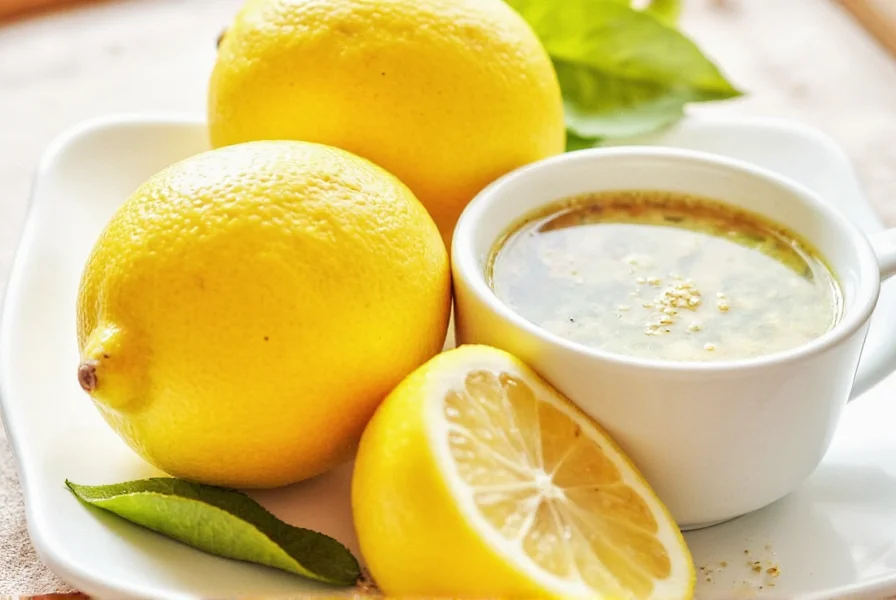
How to Use These Substitutes Safely in Cooking & Canning
The key to successful substitution lies in understanding the role of citric acid in your specific recipe — especially for food safety in preservation:
- Canning Tomatoes or Acidified Foods: Only use bottled lemon juice or citric acid. USDA requires pH below 4.6 for safe preservation. Vinegar is unsafe for tomatoes.
- Pickling Vegetables: Use 5% acidity white vinegar as the primary acid source. Follow tested recipes exactly.
- Baking: Look for substitutes that won't interfere with rising agents — ascorbic acid or tartaric acid work well here.
- Dressing & Sauces: Lemon juice, yogurt, or vinegar bring flavor and acidity without fuss.
- Candies & Sodas: Malic acid or tartaric acid deliver that signature tang in fizzy drinks and gummies.
Conversion Quick Reference (USDA-Approved)
| Citric Acid (Teaspoons) | Lemon Juice (Tbsp) | Vinegar (Tbsp) | Ascorbic Acid (Tsp) |
|---|---|---|---|
| 1/4 tsp | 1 tbsp | 2 tbsp | 1/4 tsp |
| 1/2 tsp | 2 tbsp | 4 tbsp | 1/2 tsp |
| 1 tsp | 4 tbsp | 8 tbsp | 1 tsp |
Buying Guide: Choosing the Right Alternative
Not all substitutes are created equal. Here's a breakdown of what to look for when shopping for an alternative to citric acid, with safety priorities for food preservation.
For Canning & Preserving (USDA-Compliant)
- Bottled Lemon Juice: Must be 100% juice with no added preservatives. Never use fresh-squeezed for canning.
- White Vinegar: 5% acidity is standard for pickling. Not for tomatoes.
- Ascorbic Acid Powder: Look for USP-grade for food safety. Ideal for fruit preservation.
For Baking & Desserts
- Tartaric Acid: Use cream of tartar (potassium bitartrate) for baking applications.
- Malic Acid: Food-grade powder for candies and fruit-based recipes.
For Everyday Cooking
- Fresh Lemons: Always keep a few on hand for instant zing in dressings and sauces.
- Lactic Acid Solution: Perfect for chefs who frequently work with fermentation.
- Yogurt: A creamy, mild substitute for dressings and marinades.
Storage Tips for Freshness & Flavor
Once you've stocked up on alternatives, storing them properly ensures they stay potent and effective:
- Store bottled lemon juice in the fridge after opening and use within 2–3 weeks.
- Keep vinegar sealed tightly in a cool, dark place — it lasts years!
- Ascorbic acid should be stored in an airtight container away from moisture.
- Freeze extra lemon juice in ice cube trays for easy portioning.
- Check expiration dates on powders like tartaric and malic acid.
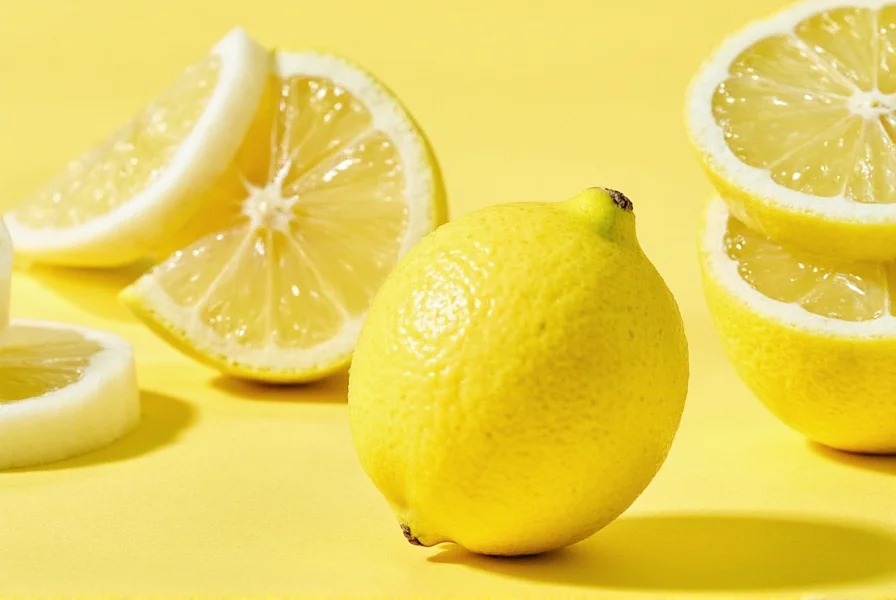
Frequently Asked Questions
What's the best substitute for citric acid in canning tomatoes?
For canning tomatoes, only bottled lemon juice or citric acid meet USDA safety standards. Use 1 tablespoon bottled lemon juice per pint or 2 tablespoons per quart to replace 1/4 tsp or 1/2 tsp citric acid. Never use vinegar for tomatoes — it alters flavor and doesn't ensure safe pH levels. Fresh-squeezed lemon juice is unsafe due to inconsistent acidity.
Can I use lemon juice instead of citric acid?
Yes, but only bottled lemon juice for canning. For cooking applications, use 2 tablespoons fresh lemon juice to replace 1/2 teaspoon citric acid. For canning, use bottled lemon juice (not fresh) at 1 tbsp per pint or 2 tbsp per quart. Remember: bottled lemon juice has standardized acidity (pH 2.0-2.5), while fresh lemon juice varies.
How much vinegar equals citric acid?
For pickling, use 2 tablespoons vinegar per pint (4 tbsp per quart) to replace 1 tablespoon bottled lemon juice or 1/4 tsp citric acid. Never use vinegar for canning tomatoes — it's unsafe. Vinegar is only appropriate for pickling recipes specifically designed for vinegar-based preservation.
Is citric acid the same as ascorbic acid?
No, they're different compounds. Citric acid provides stronger tartness and is essential for pH adjustment in canning. Ascorbic acid (vitamin C) is primarily used as an antioxidant to prevent browning in fruits. You can substitute them 1:1 for color preservation, but citric acid is required for safe canning acidity levels.
Can I omit citric acid from a recipe?
It depends on the recipe. In cooking applications like dressings or sauces, you can often omit citric acid or replace it with another acidic ingredient. However, in canning and food preservation, omitting acid is dangerous — it can lead to botulism. Always use an approved substitute that maintains proper pH levels for preservation.
What's the difference between citric acid and tartaric acid?
Citric acid is found in citrus fruits and has a bright, refreshing sourness. Tartaric acid is primarily found in grapes and has a sharper, more intense tartness. Tartaric acid is about 1.5 times stronger than citric acid. For substitution, use 2/3 the amount of tartaric acid compared to citric acid. Tartaric acid is commonly used in winemaking and baking (as cream of tartar).
Can I make my own citric acid at home?
While you can extract citric acid from citrus fruits through complex fermentation, this is not practical or safe for home use. For culinary purposes, using bottled lemon juice or approved substitutes is much safer and more effective than attempting homemade citric acid production.
Are citric acid substitutes safe for canning?
Only specific substitutes used in proper amounts are safe. For tomatoes: bottled lemon juice or citric acid only. For pickling: 5% acidity vinegar only. Never use fresh lemon juice, yogurt, sour cream, or untested alternatives for canning. The National Center for Home Food Preservation states: "Using unapproved substitutes can lead to botulism poisoning." Always follow tested recipes from authoritative sources like USDA.
Final Thoughts
Whether you're canning summer tomatoes, making homemade lemonade, or experimenting with candy recipes, running out of citric acid doesn't mean the end of your culinary ambitions. With a bit of knowledge and a few clever swaps, you can confidently reach for a suitable substitute and still achieve fantastic results.
Remember: Food safety is non-negotiable in preservation. Always follow USDA guidelines when substituting acids for canning, and never compromise on tested ratios. When in doubt, consult the National Center for Home Food Preservation for authoritative advice.
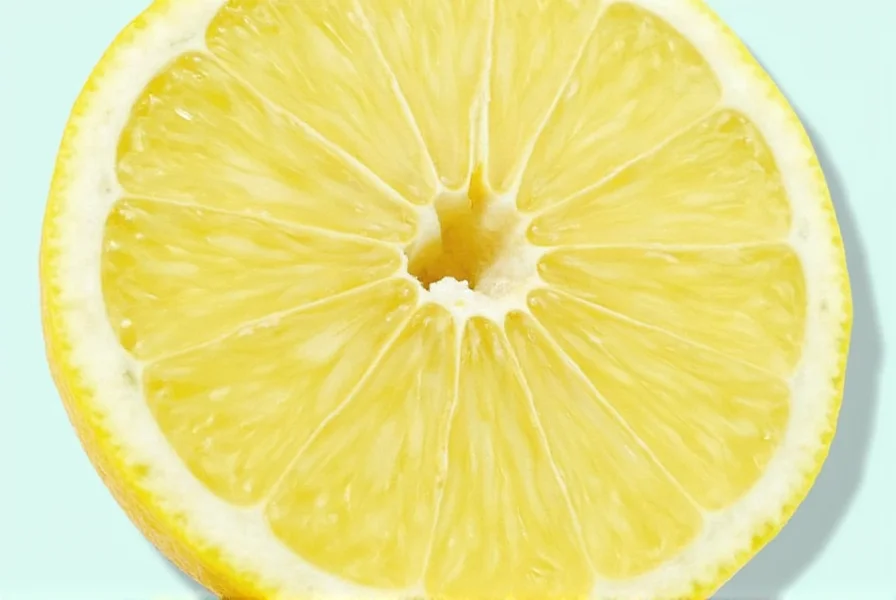










 浙公网安备
33010002000092号
浙公网安备
33010002000092号 浙B2-20120091-4
浙B2-20120091-4